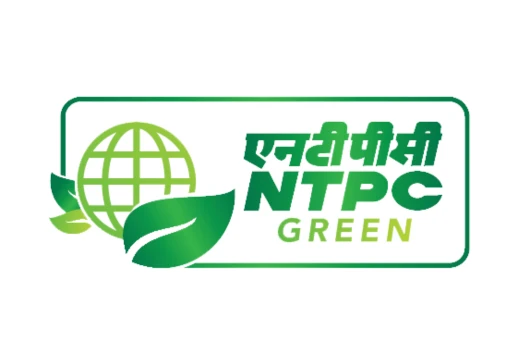NTPC Green Energy Launches Landmark Battery Storage Tender
In a major step toward strengthening India’s clean energy infrastructure and ensuring grid resilience, NTPC Green Energy Ltd (NGEL) has floated a tender for the engineering, procurement, and construction (EPC) of a large-scale battery energy storage system (BESS) with a cumulative capacity of 130 MW/520 MWh. This initiative is aligned with India’s broader energy transition goals and NTPC’s vision to lead in sustainable power generation.
The tender includes two strategically significant sites: Ramagundam (100 MW/400 MWh) in Telangana and Sipat (30 MW/120 MWh) in Chhattisgarh. Both sites are home to NTPC’s major solar power facilities and will now integrate cutting-edge battery storage systems to enhance dispatchability and grid stability.
Enabling 24×7 Renewable Energy with Battery Storage
Battery energy storage systems are fast emerging as the backbone of modern clean energy grids. Unlike conventional power plants, renewable energy sources like solar and wind are intermittent by nature. BESS enables energy to be stored when generation is high and dispatched when demand peaks, creating a reliable and continuous power supply.
This project by NTPC Green Energy is a major investment in this vision. The 130 MW/520 MWh capacity indicates the system will be able to discharge 520 MWh of energy over four hours, making it suitable for both peak load shaving and renewable integration.
The engineering scope under the tender includes full design, supply, construction, erection, testing, and commissioning of the system on a turnkey basis. In addition, the systems will need to be fully integrated into the existing solar pooling substations at the 33 kV level, ensuring smooth interaction with the grid.
Built for the Long Run: 15-Year Design Life
According to the official tender documents, the battery storage units must be designed for a lifespan of at least 15 years under daily single-cycle operations. This means that each battery unit should support one complete charge-discharge cycle per day, which is critical for ensuring continuous utility-scale usage without degradation in performance.
Further, all BESS units are expected to be containerized, with a minimum DC capacity of 5 MWh per unit. This modular approach simplifies installation, scalability, and maintenance, and reflects global best practices for utility-scale battery deployment.
Aligning with India’s Clean Energy Commitments
India is rapidly expanding its renewable energy base, targeting 500 GW of non-fossil capacity by 2030. The role of battery energy storage is central to achieving this ambitious target.
NTPC Green Energy, a wholly owned subsidiary of NTPC Ltd, is spearheading the integration of advanced clean energy solutions. The company is at the forefront of developing solar, wind, green hydrogen, and now battery storage to create a balanced and future-ready energy ecosystem.
By tendering one of the largest battery energy storage packages to date, NTPC is demonstrating its commitment to innovation, reliability, and sustainability. It is also laying the groundwork for India’s transition to round-the-clock renewable energy (RTC-RE) — a key policy priority for the Government of India.
Enhancing Grid Security and Flexibility
The Ramagundam and Sipat battery storage projects are not only technical milestones but also strategic assets that will strengthen grid reliability across central and southern India.
With increasing solar generation during the daytime, the national grid often faces issues of over-voltage and frequency fluctuations. Battery storage systems can act as virtual power plants, injecting or absorbing power as needed, thus ensuring frequency regulation, voltage support, and load balancing.
These projects will also enable time-shifting of renewable energy, where excess solar energy produced during the day is stored and released during evening peak hours, thereby reducing dependence on thermal peaker plants.
Future Outlook: Building a Resilient Energy Ecosystem
NTPC’s battery storage tender is expected to set a precedent for similar projects across India. With costs of lithium-ion and other battery technologies falling steadily, and policy incentives increasing, utility-scale BESS is becoming a commercially viable solution.
The Ministry of Power and MNRE have also emphasized the role of storage in India’s long-term energy security roadmap. NTPC’s move is well-timed and strategically significant, particularly as it gears up to become a Net Zero company by 2070, in line with India’s national pledge.
Additionally, the learnings from these pilot storage projects will inform future integration of battery systems with wind, hydropower, and even green hydrogen projects, creating a multi-source renewable energy network.
NTPC Leading India’s Energy Transition
With this bold foray into battery energy storage, NTPC Green Energy Ltd is taking another giant leap in its green transformation journey. The tender for the 130 MW/520 MWh BESS not only reflects India’s growing reliance on renewables but also showcases how innovation and infrastructure can converge to build a more resilient and sustainable energy future.
As the energy landscape evolves, battery energy storage will be the linchpin of a cleaner, smarter, and more flexible power system — and NTPC is making sure India leads from the front.
For more in-depth analysis and inspiring climate news, click here.

